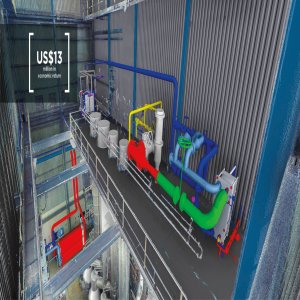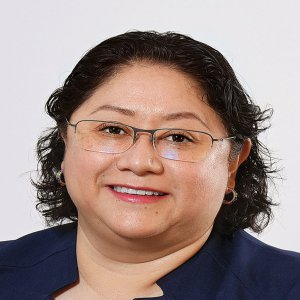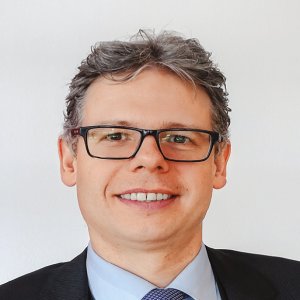Flexible Systems Offer Grid Alternative

Flexible Systems Offer Grid Alternative

STORY INLINE POST
Given Mexico’s ambitious 2032 renewable energy goals, baseload plants need to respond to the increasing demand to plug more renewable technologies into the grid. “Traditional power plants can support between 5 and 10 percent of renewable energy share but when 20 percent generation is reached, the impact will be significant as traditional generation cannot cope with the load variations,” says Sampo Suvisaari, Regional Director of Latin America North and the Caribbean at Wärtsilä. The Finnish company manufactures flexible power plants that are powered by either liquid or gaseous fuels. “Fuel-flexible systems can cover demand at sites where access to natural gas pipelines is unavailable. This is the one of the opportunities we are seeking in Mexico,” Suvisaari says.
Raúl Carral, in charge of Business Development for Mexico, Central America and the Caribbean at Wärtsilä, says Mexican authorities should be prepared for a large penetration of renewable energy generation in the national grid. “They need to consider the introduction of flexible technology to balance the grid and ensure the quality of the national electricity system while lowering the cost of electricity in Mexico,” he says. Wärtsilä’s experience in other countries shows that when renewable energy share grows, the grid starts experiencing problems. “It is ironic, as more renewable energy comes online, grids without flexible power experience higher emissions and a significant increase in costs,” says Carral.
Wärtsilä has delivered various white papers by modeling flexible technology and comparing it with traditional power generation plants and has proposed improvements for specific electricity systems. In the company’s case study Optimizing the power grid in Baja California Sur, Wärtsilä estimated that the region will require an additional 584MW of thermal generation capacity by 2030. By comparing two alternatives, the first consisting of power plants based on gas turbines and the second based on generation by internal combustion engine (ICE) technology, total operating costs could be lowered by 9.1 percent by choosing the more flexible ICE technology.
But Suvisaari is concerned that PRODESEN does not consider flexible technology as a midterm transition model toward the 2032 goal. “Hybrid plants are very attractive, as part of the investment costs can be lowered and emissions mitigated by relying on renewable energy generation,” he says. “At a global level, the concept has been well-received but the contractual framework has not been developed yet in some emerging markets.” As an example, Wärtsilä hybridized an existing 57MW diesel power plant with an additional 15MW PV plant for a mine located in Burkina Faso, reducing fuel consumption by 6 million liters and cutting CO2 emissions by 18,500t/y.
The company is now finishing a power plant adjacent to the Huinala Flexicycle power plant in Monterrey. “This new power plant will duplicate the total installed capacity of the plant complex, but the extension will not deliver electricity to the grid. Instead, it will supply power to an industrial customer through a bilateral PPA,” says Carral. The company is also about to finish a 110MW natural gas plant in Chihuahua. “It is the first project under the new WEM scheme that will supply 100 percent of its electricity to the national grid,” he adds.
Regarding other projects in the region powered by flexible systems, the company has a significant presence in the Caribbean islands. “The Caribbean market represents a great opportunity for our flexible fuel alternatives, such as our dual and tri-fuel systems. LNG is another option, but the implementation of this technology requires bigger investments in the transportation and storage segments,” says Suvisaari. The company has invested in working with a variety of fuels in liquid and gas state, such as propane, ethane and even biofuels.
Wärtsilä recently acquired Greensmith Energy Management Systems, a leading provider of energy storage software and project integration services. The company now develops EPC hybrid projects with solar PV technology and battery systems. “We already have a siginificant reference in the market with this technology. It provides a complimentary option as potential clients can develop hybrid systems in a combination between engines working along with batteries and renewables with an energy storage back-up system,” says Carral.
























